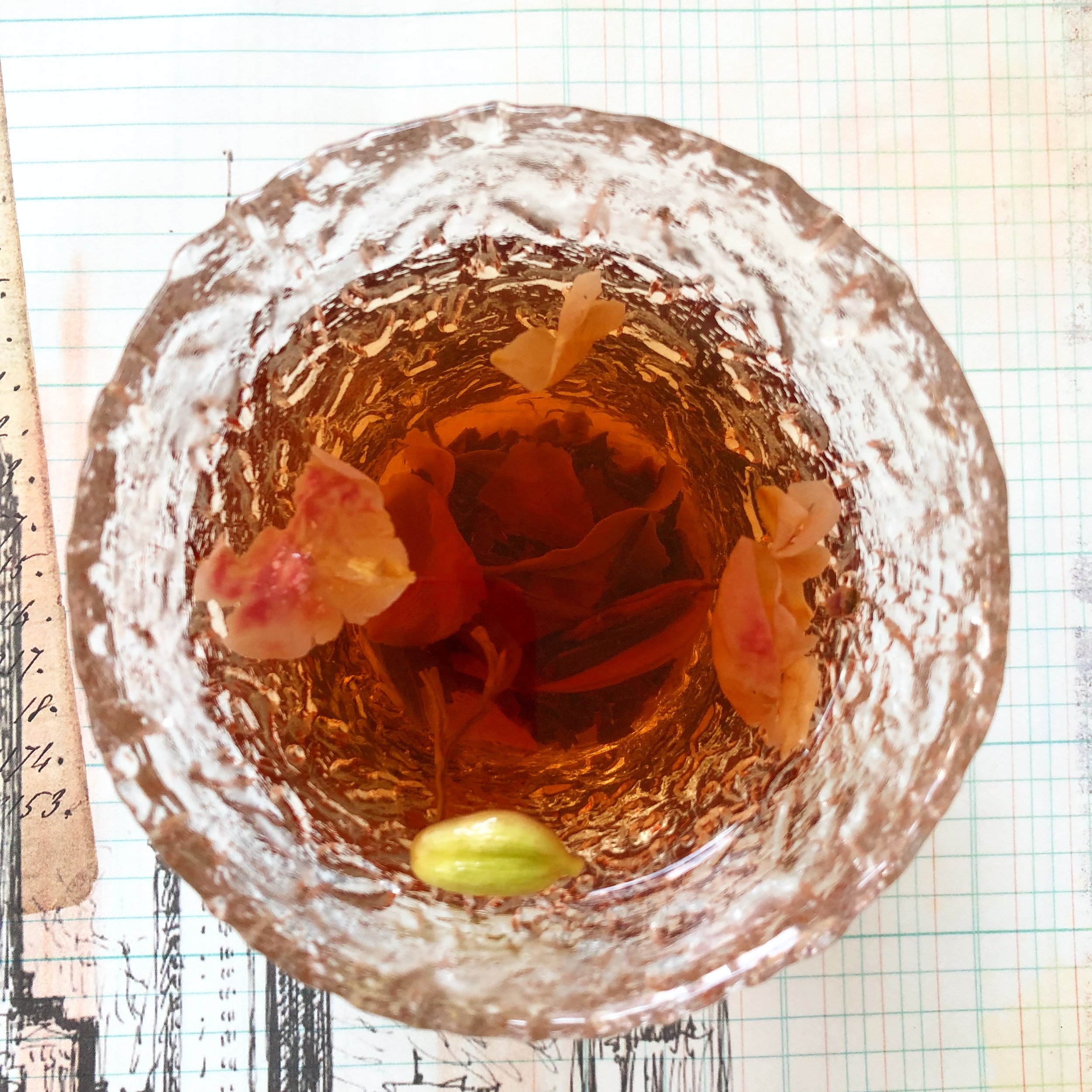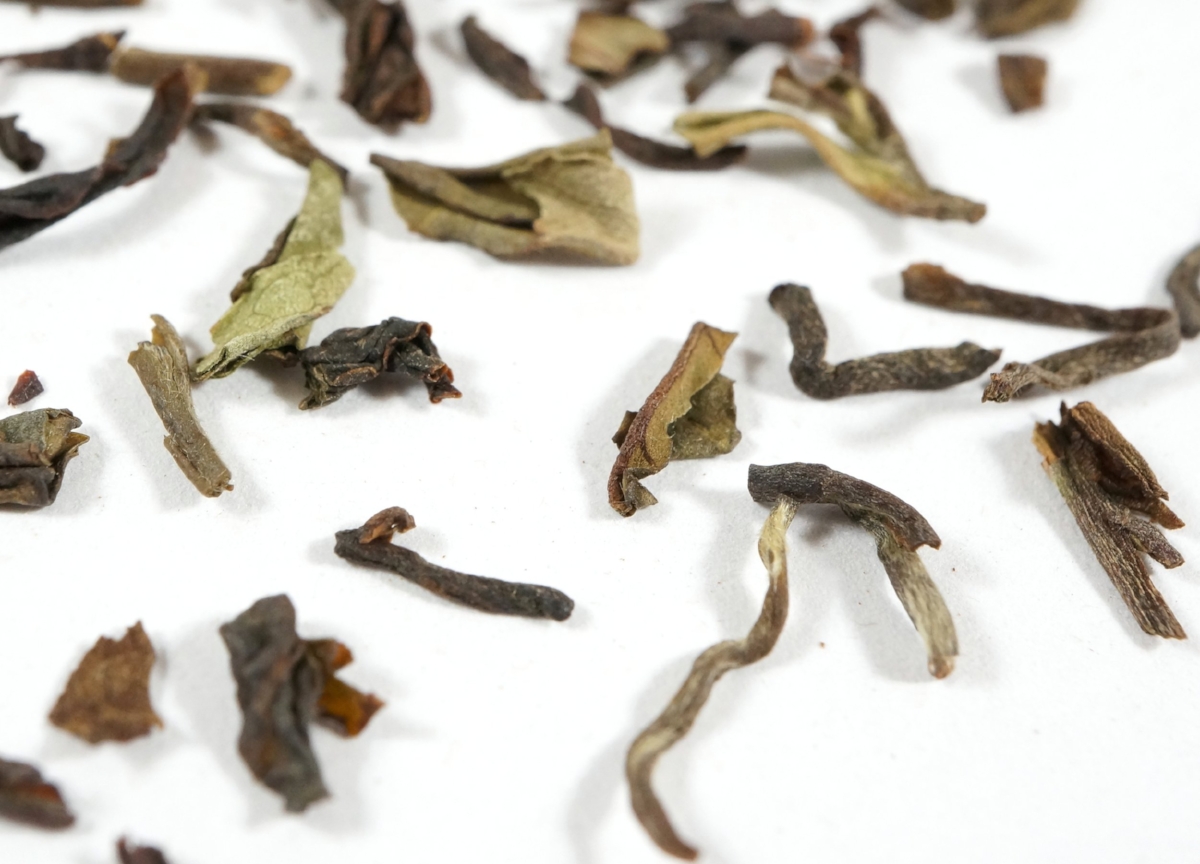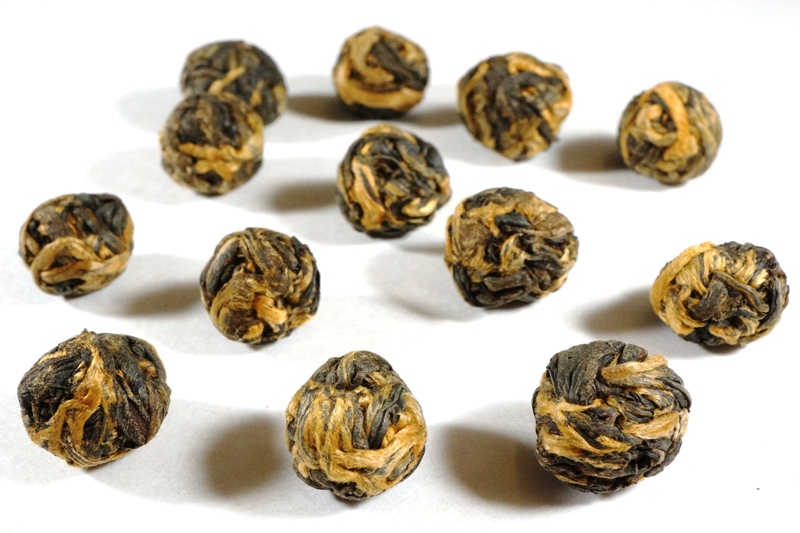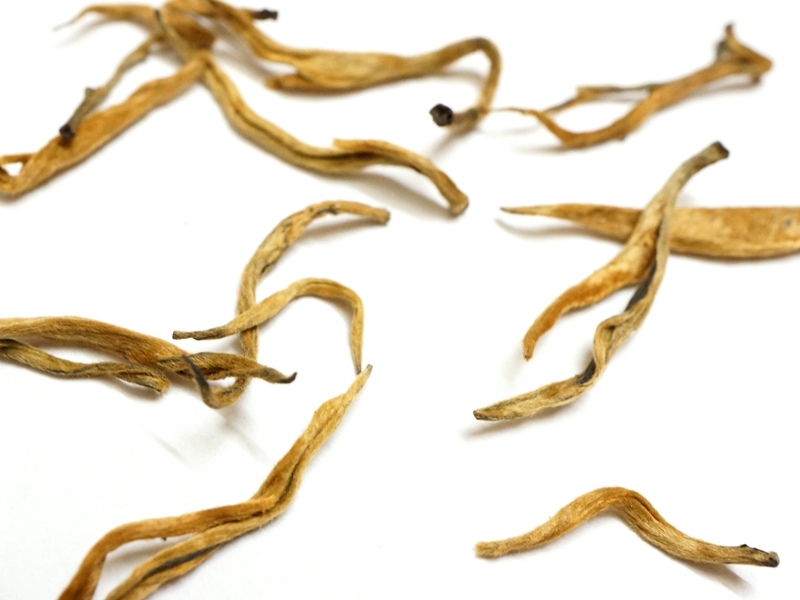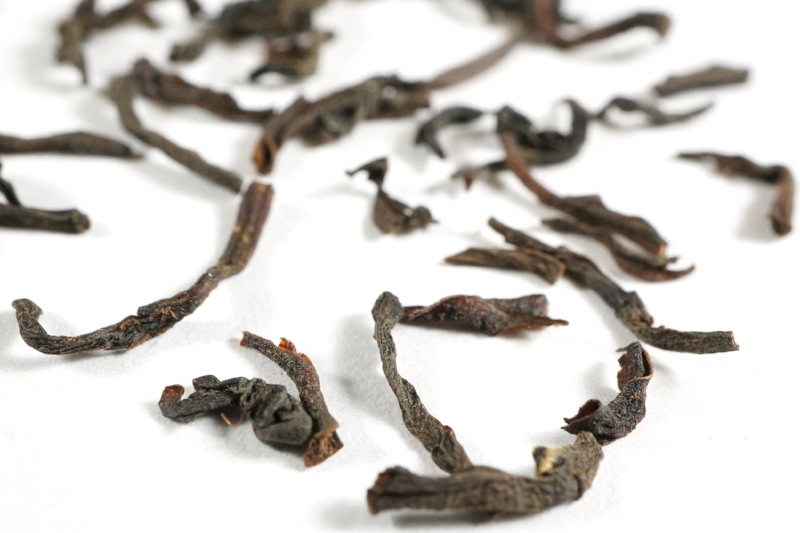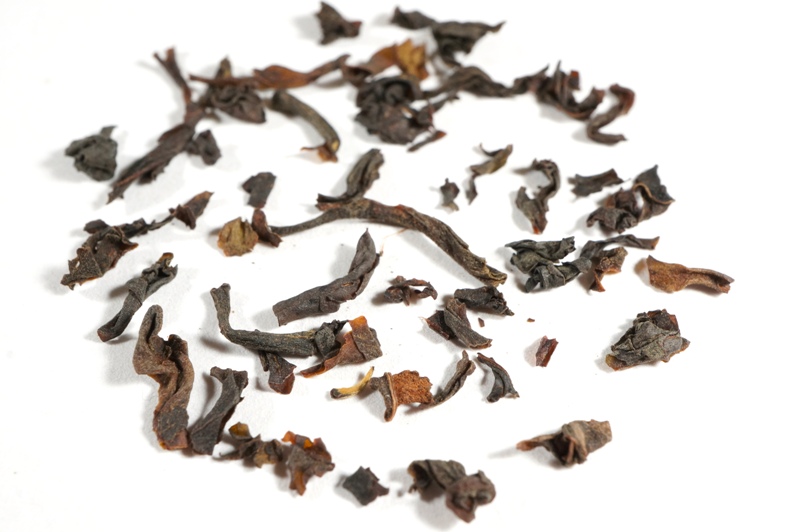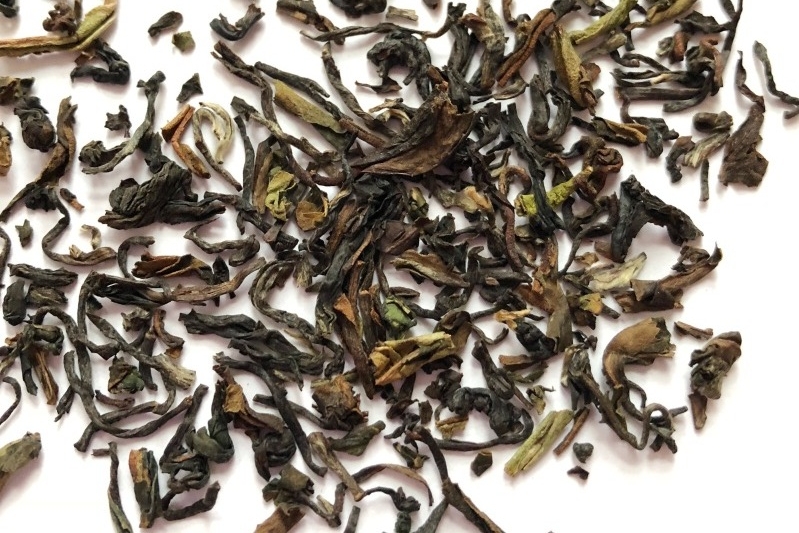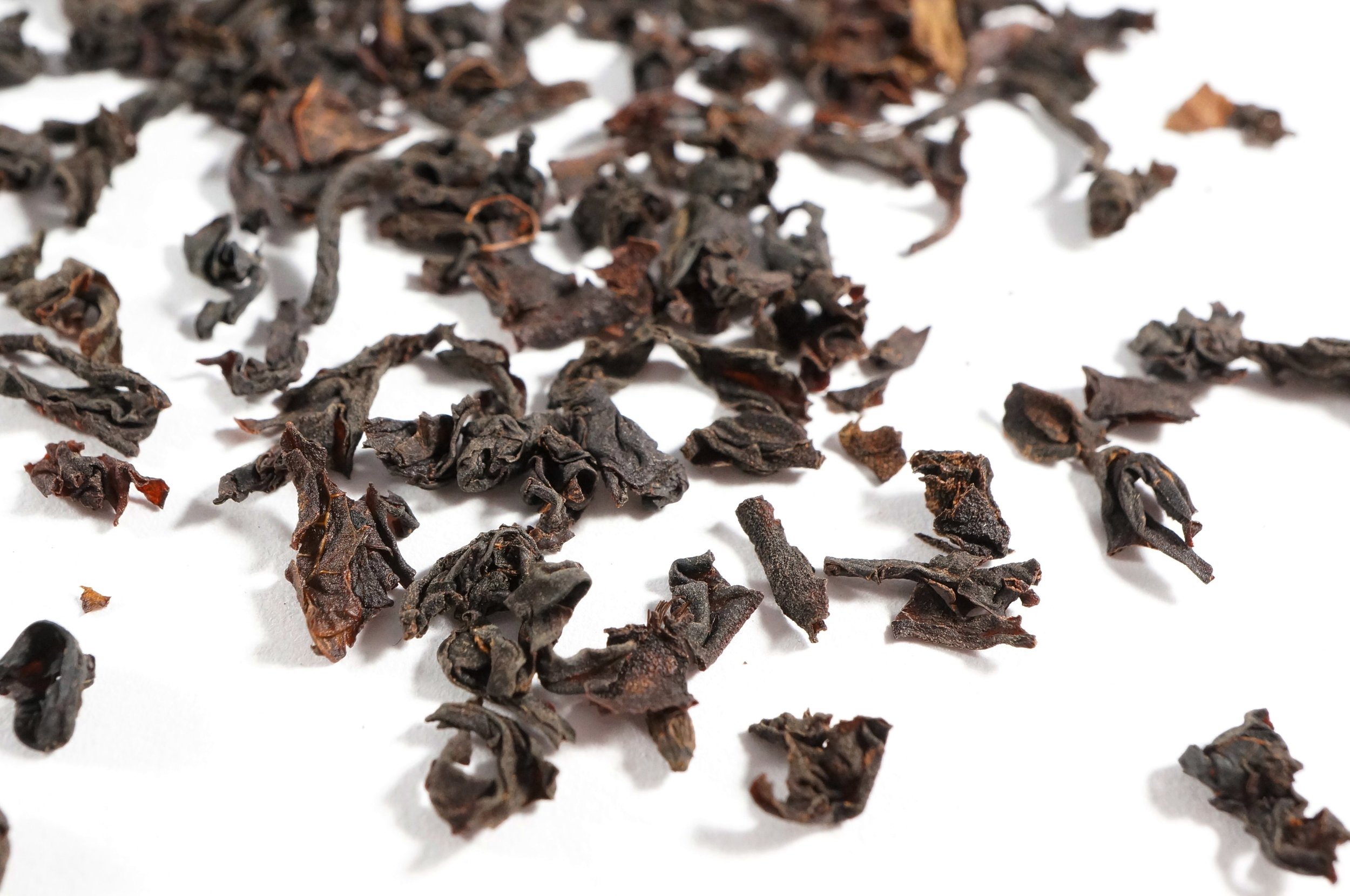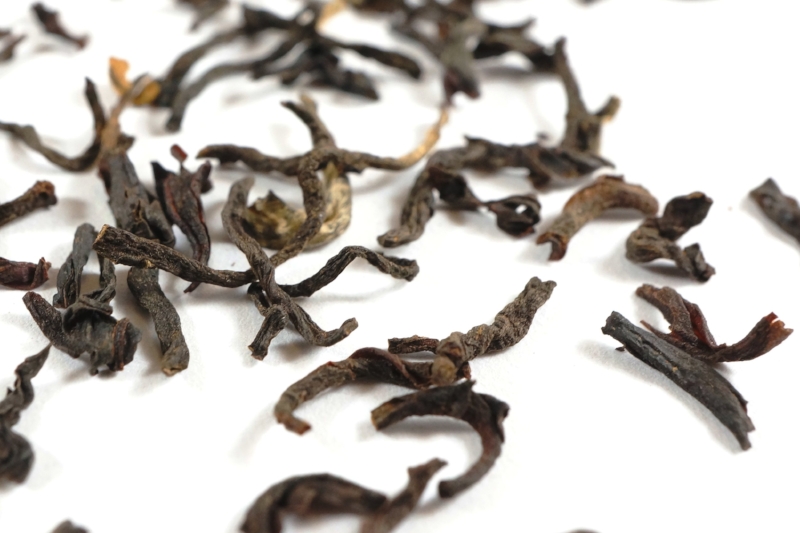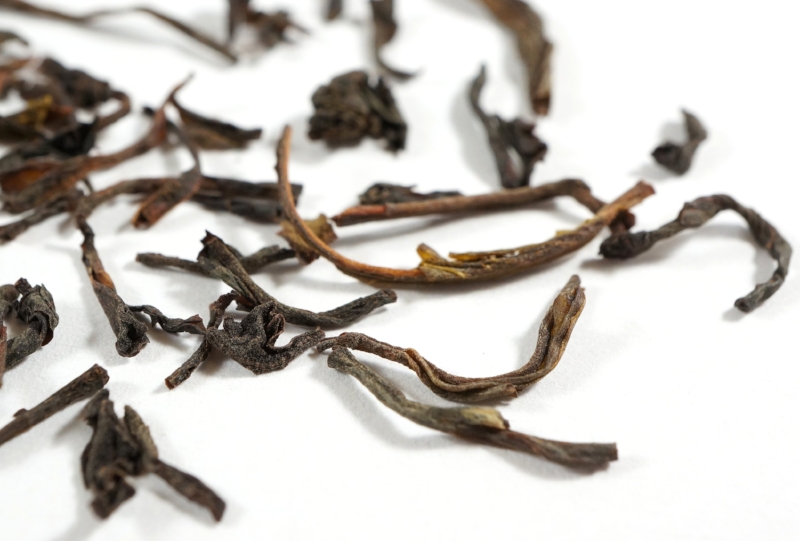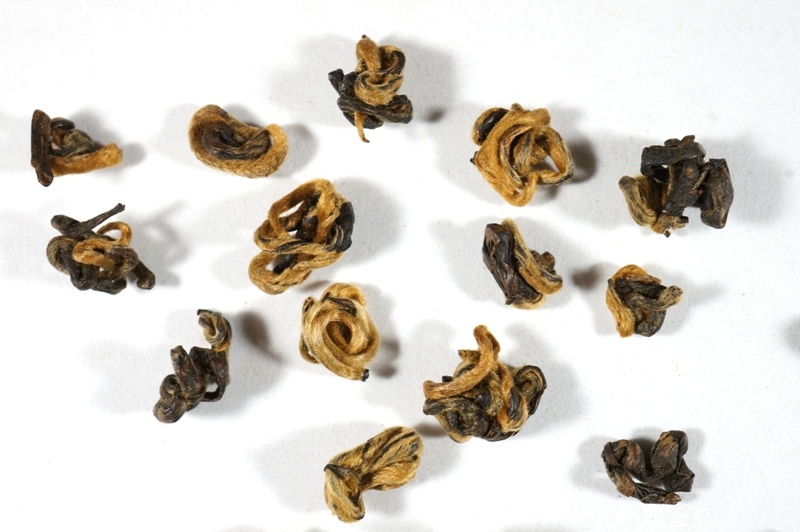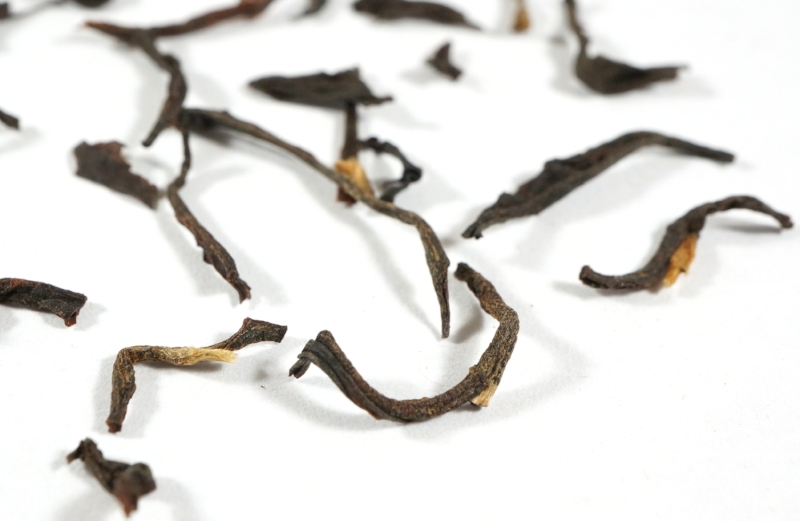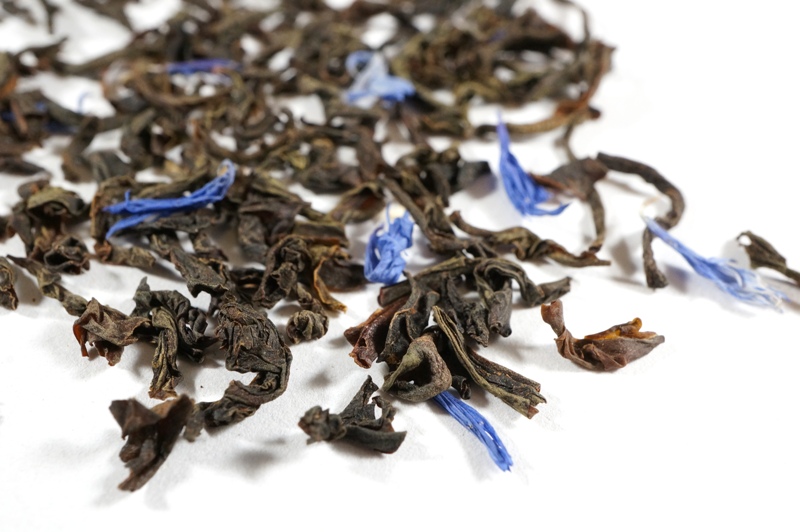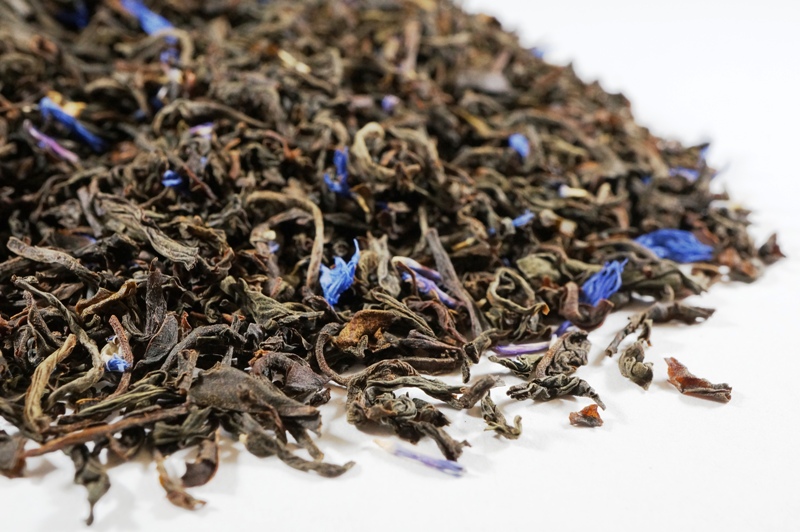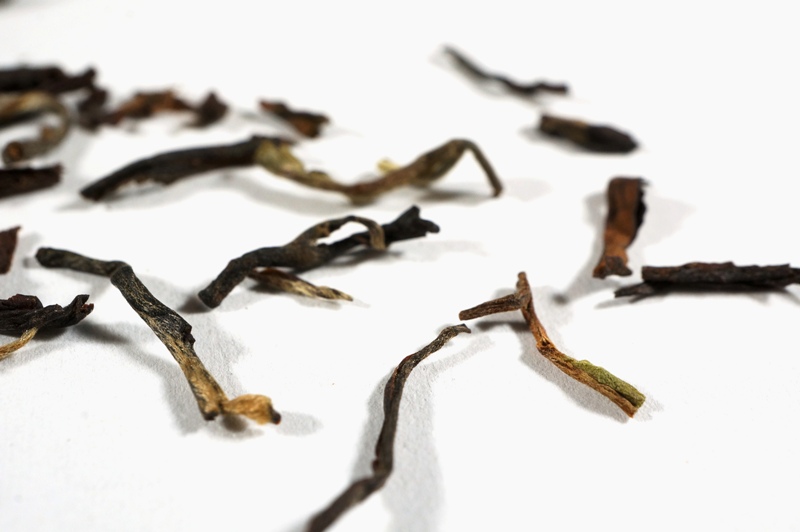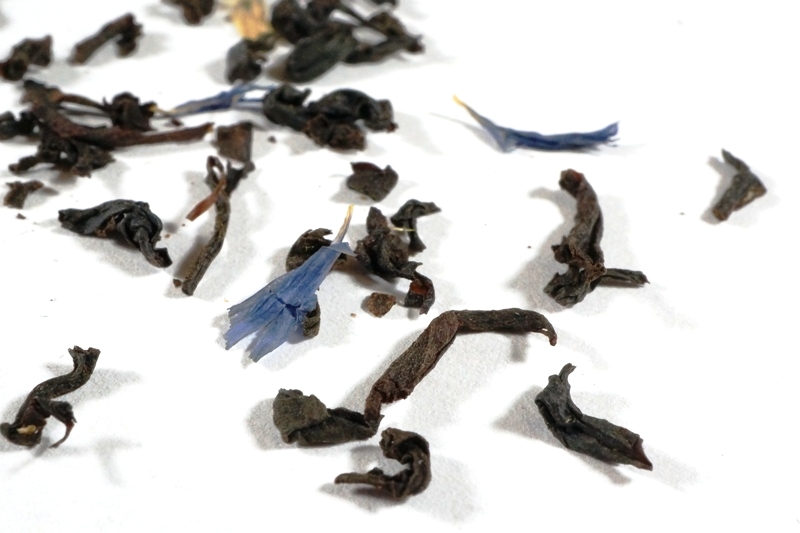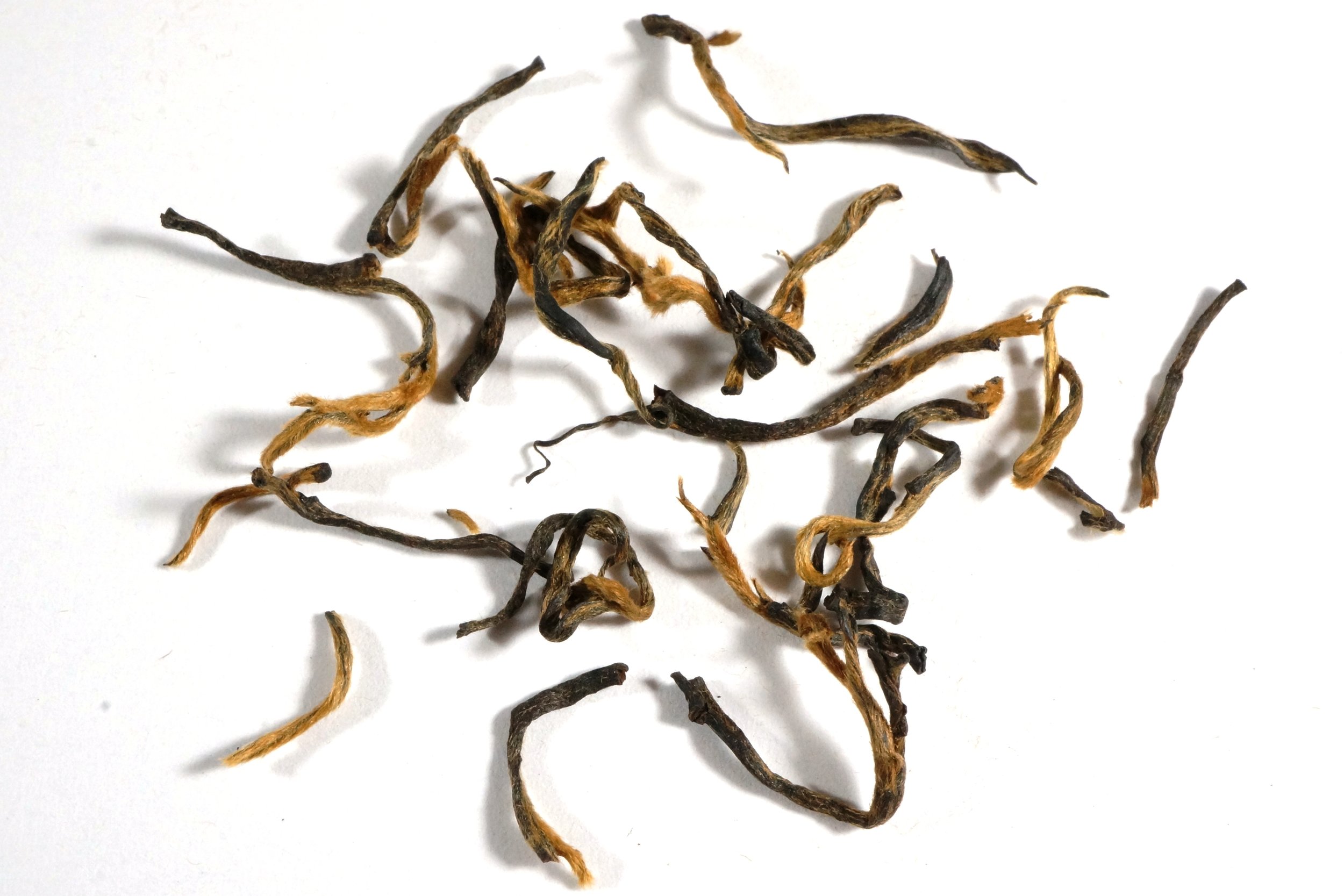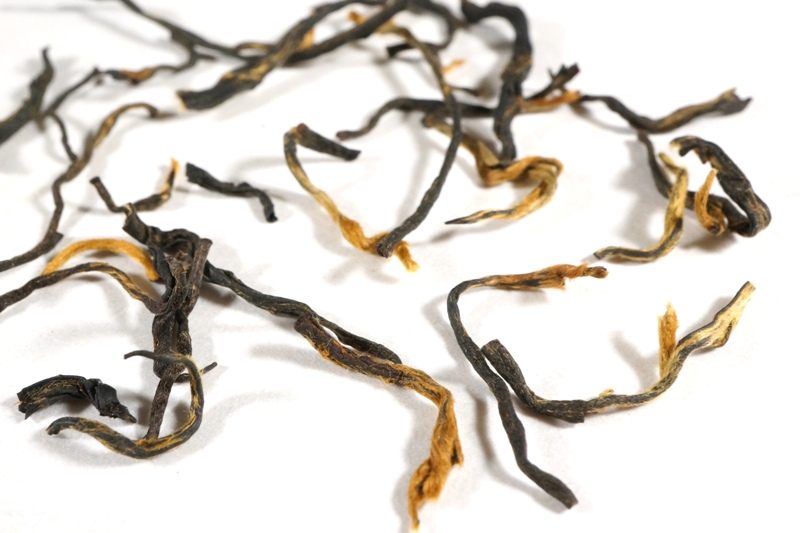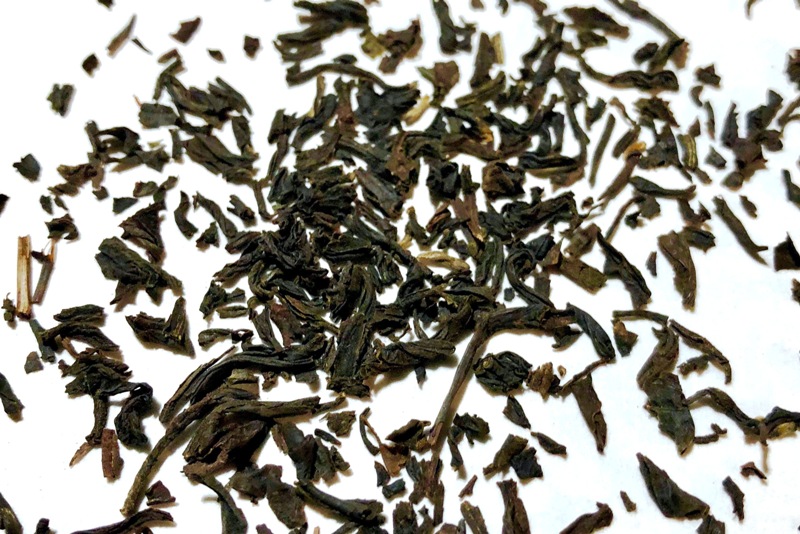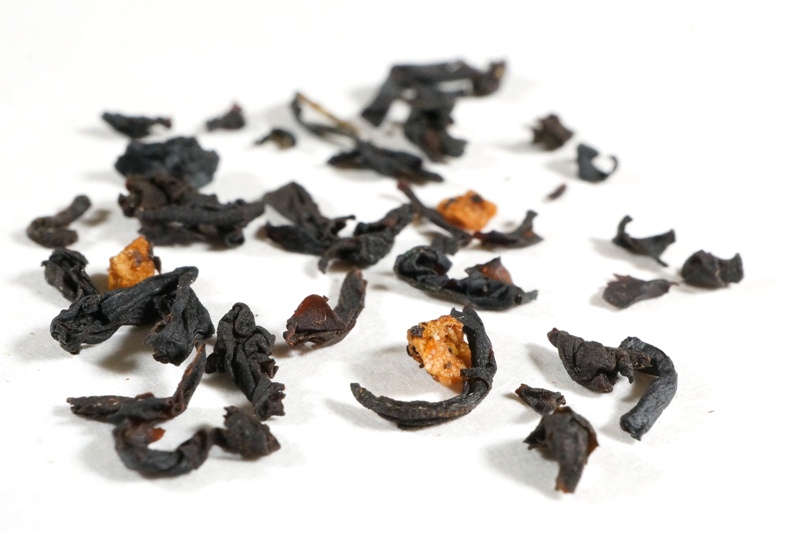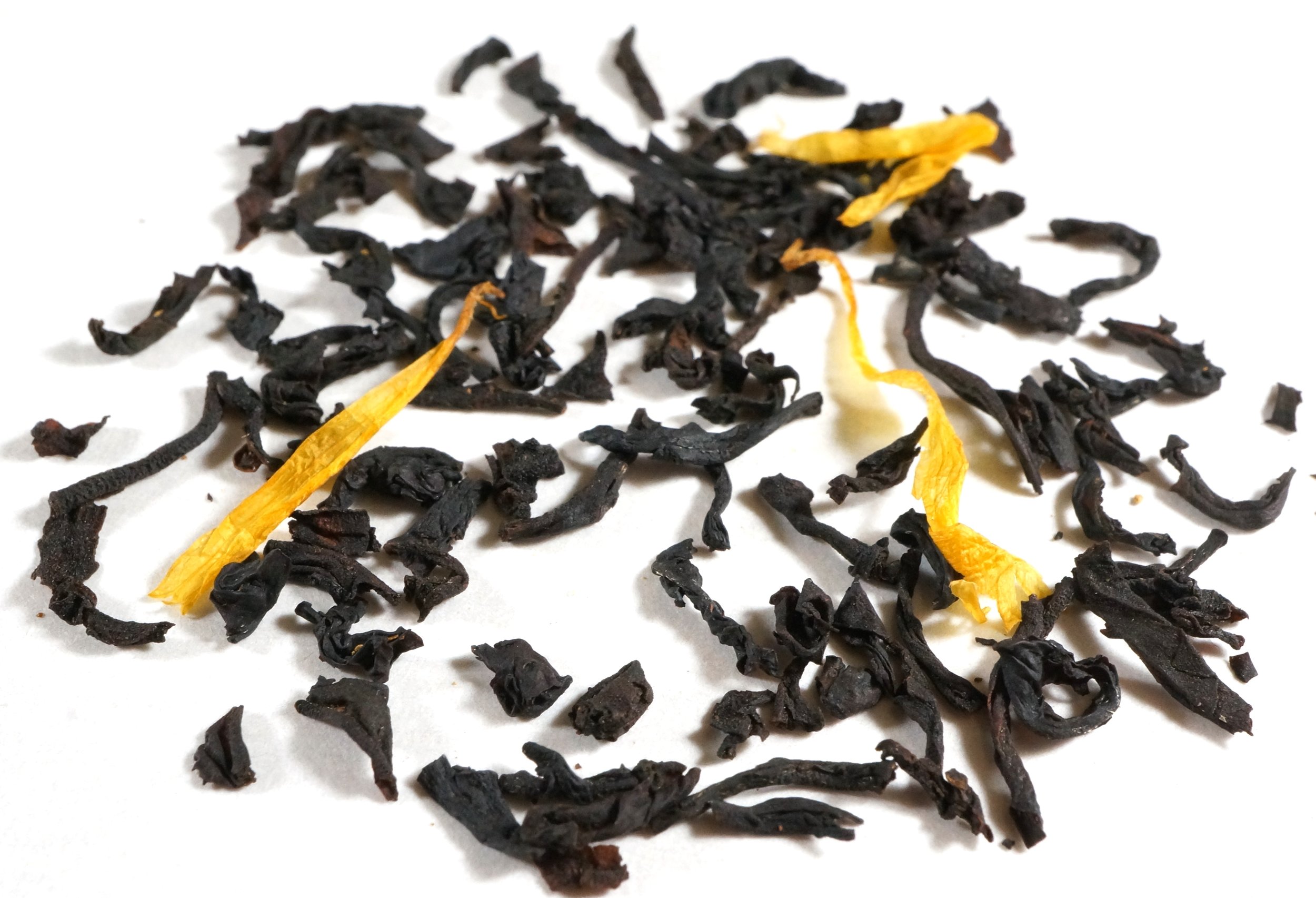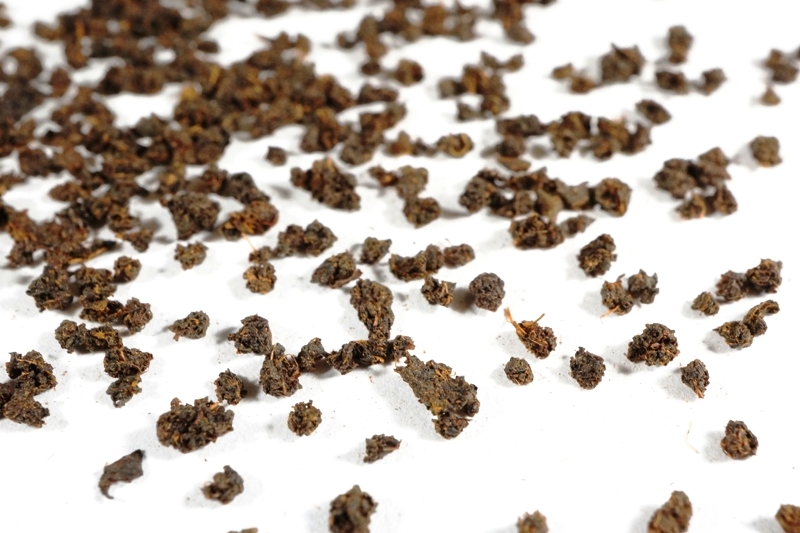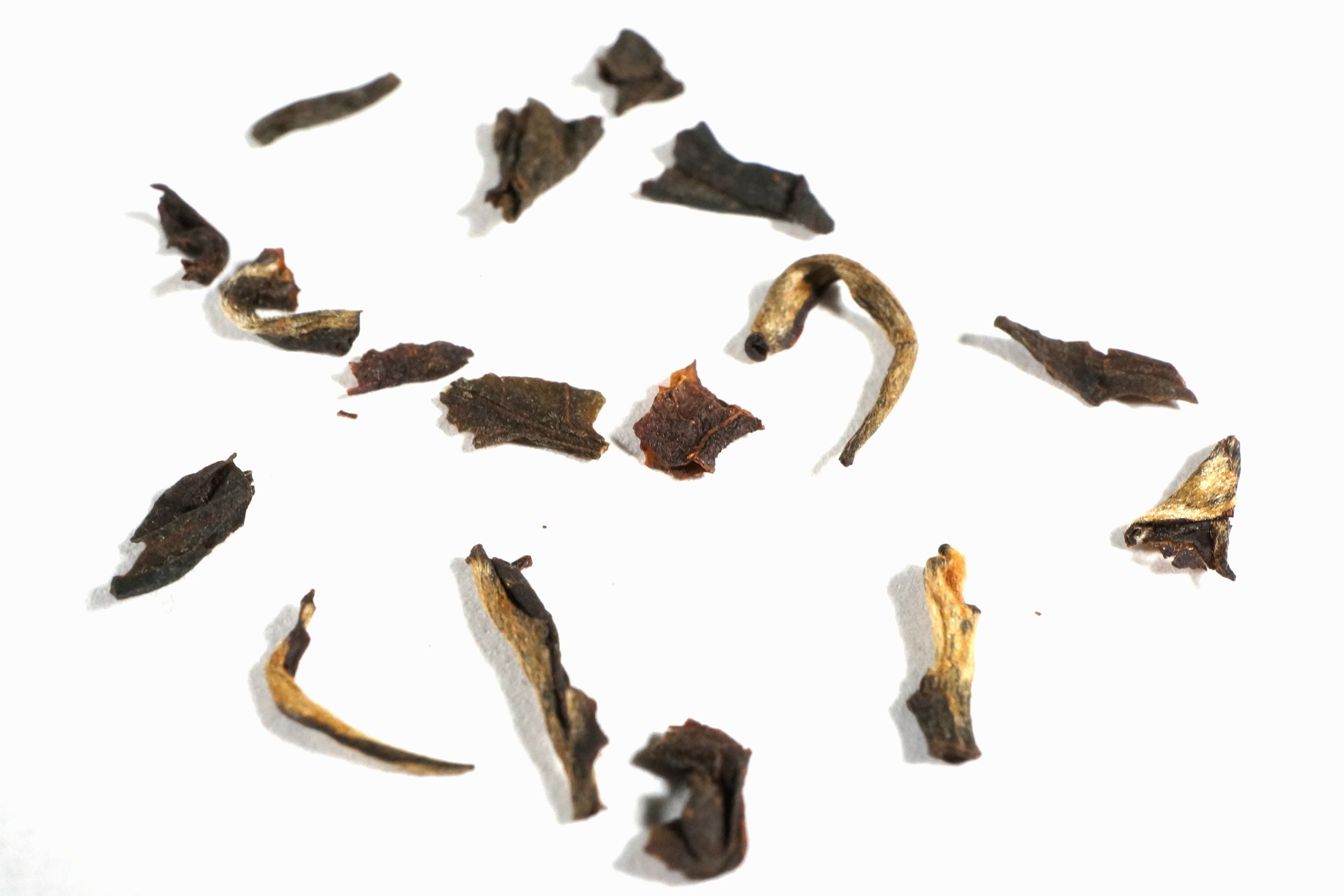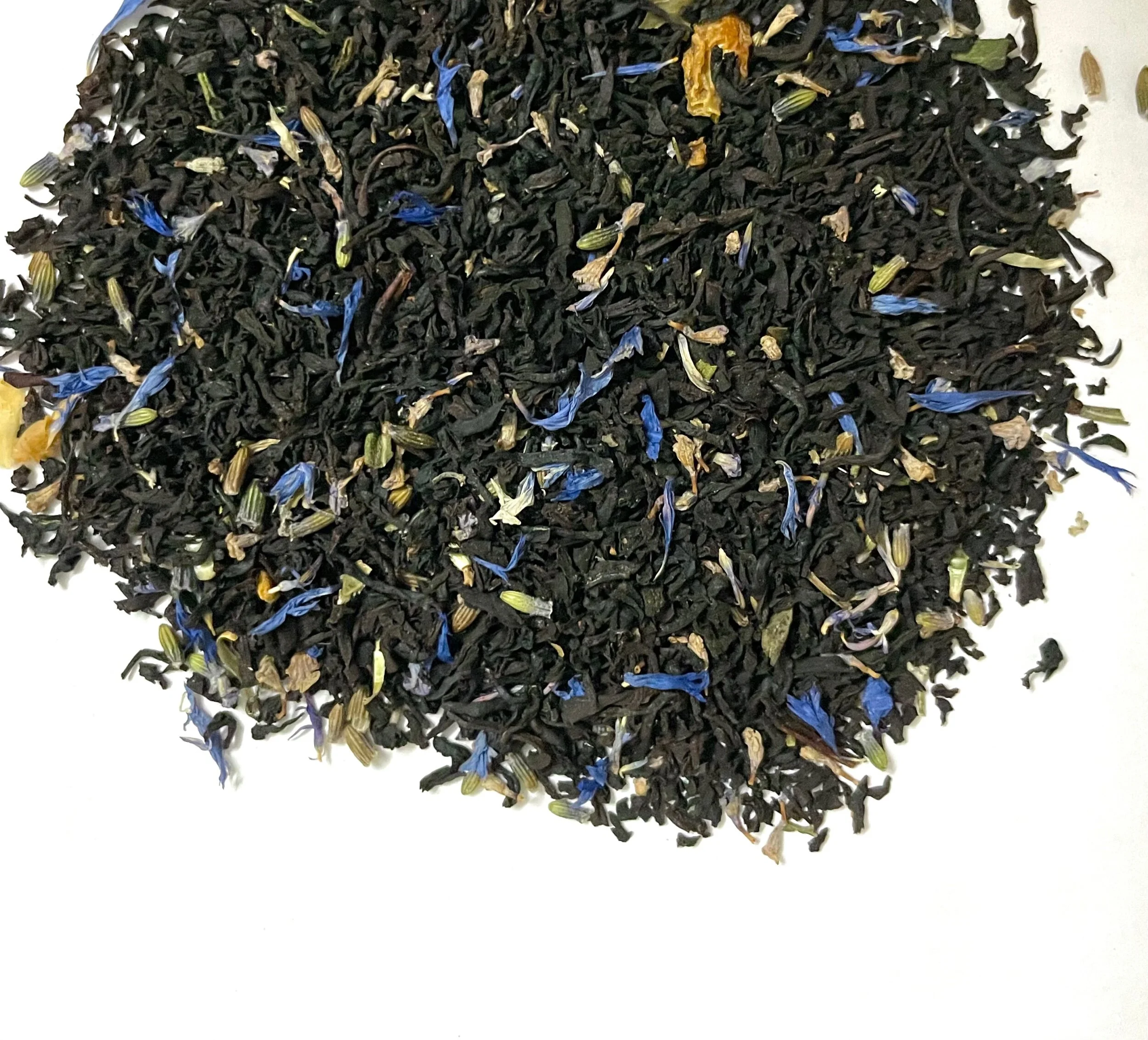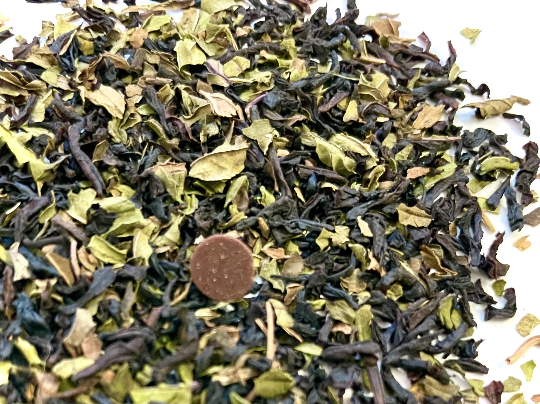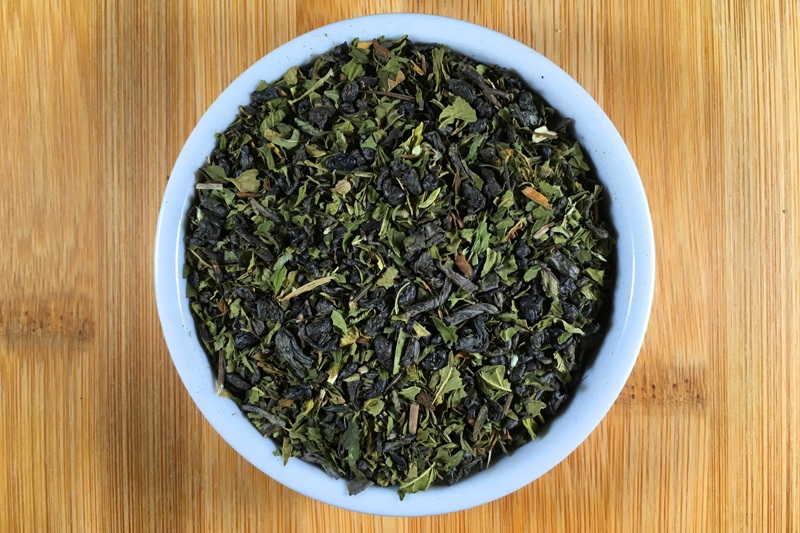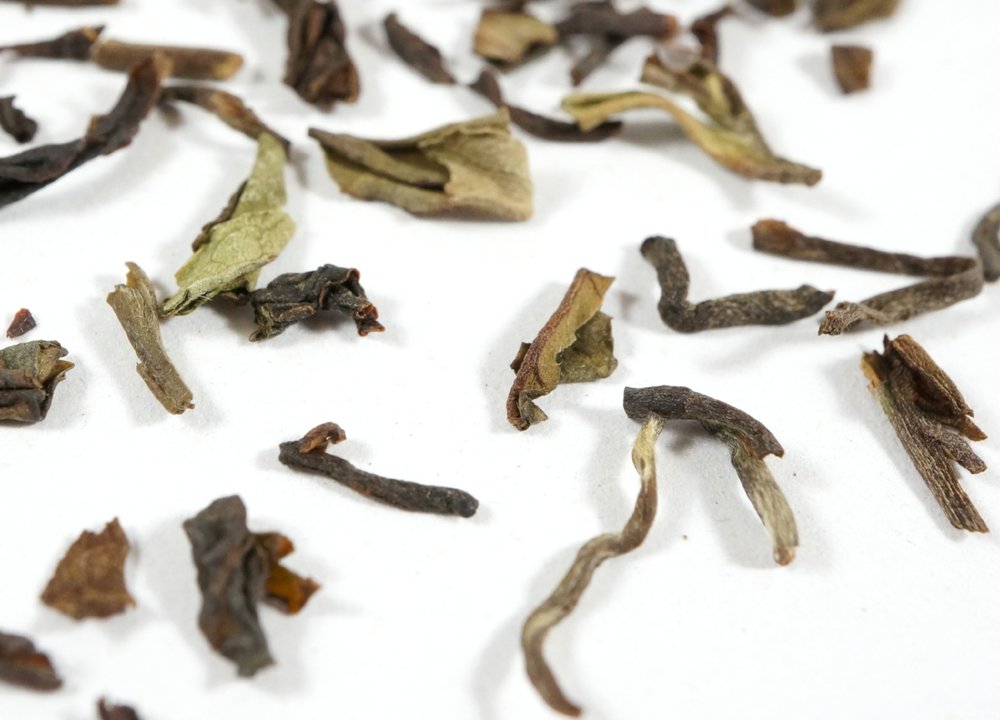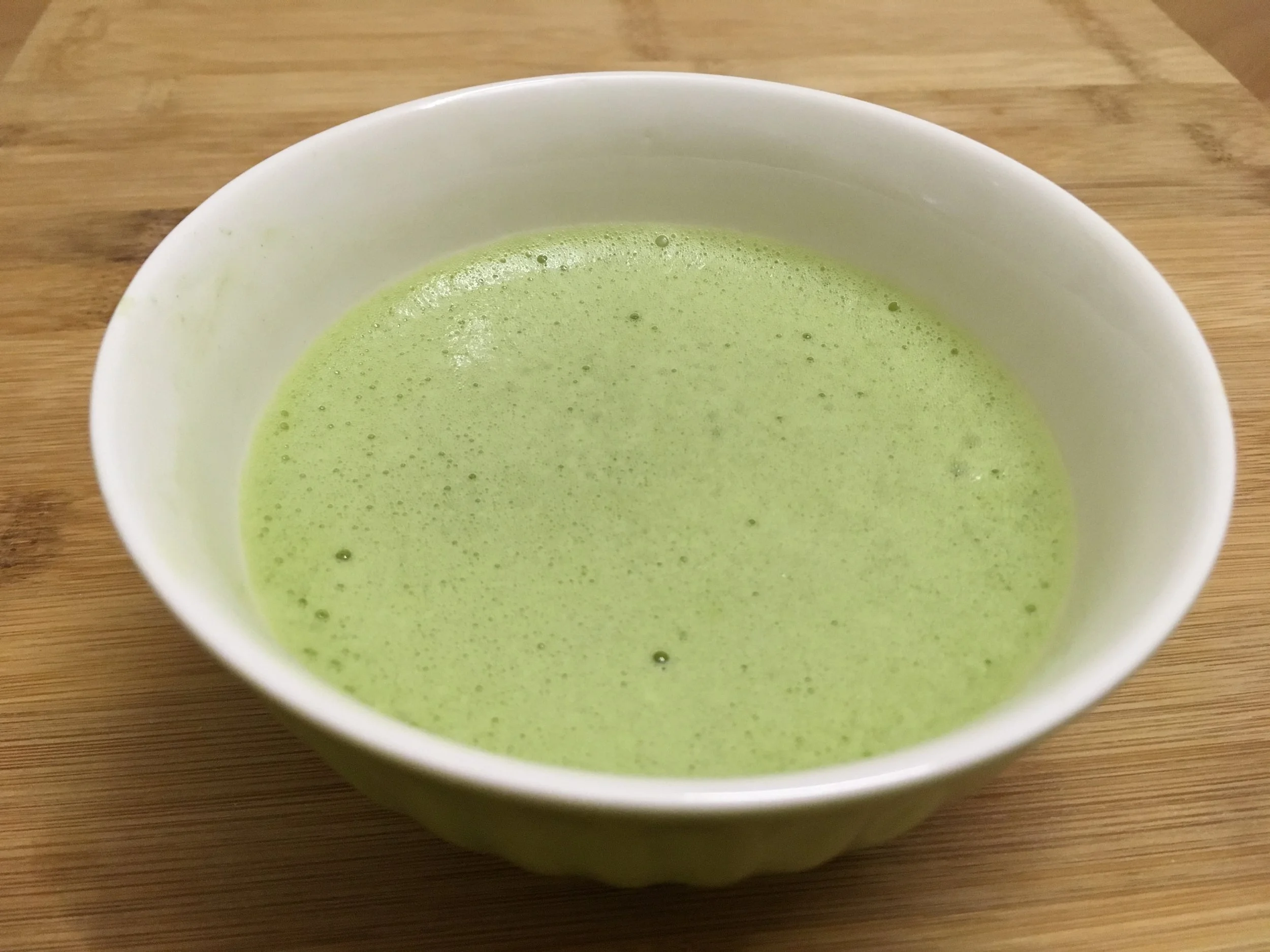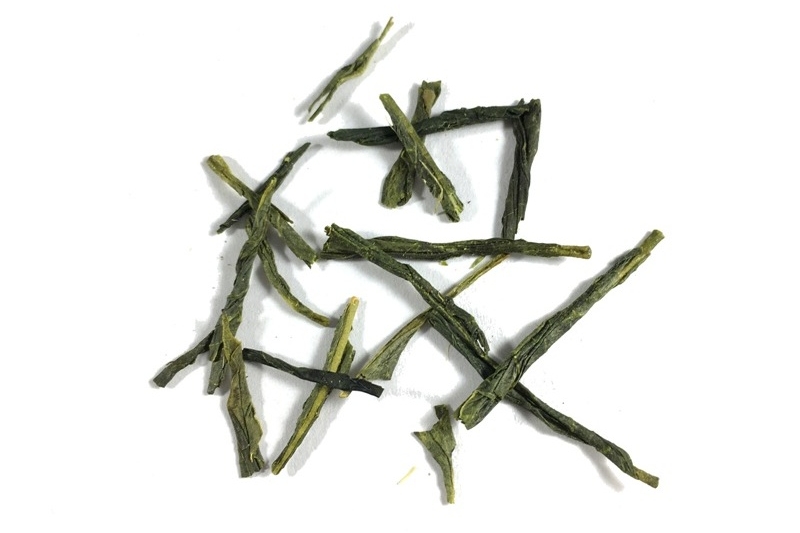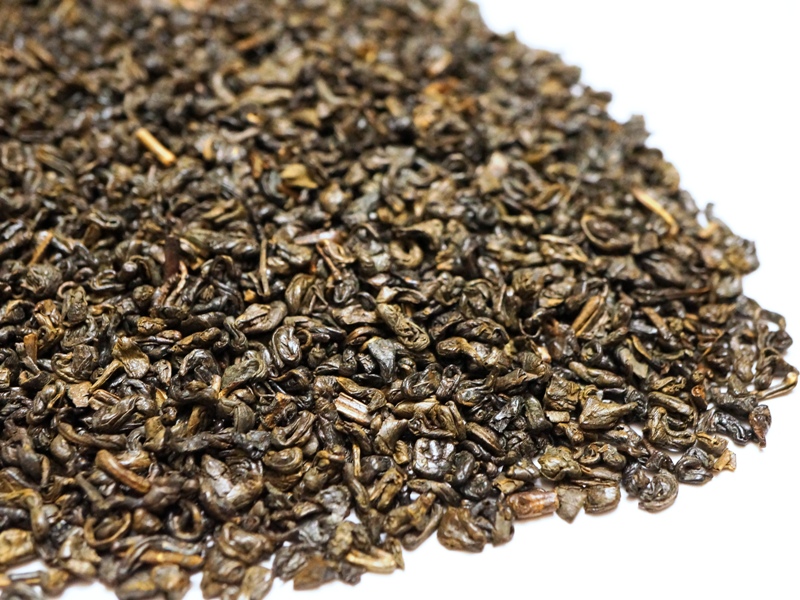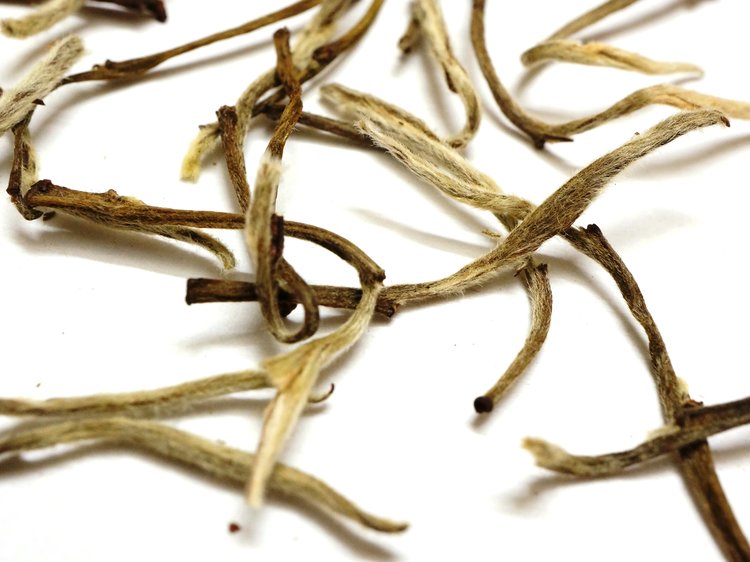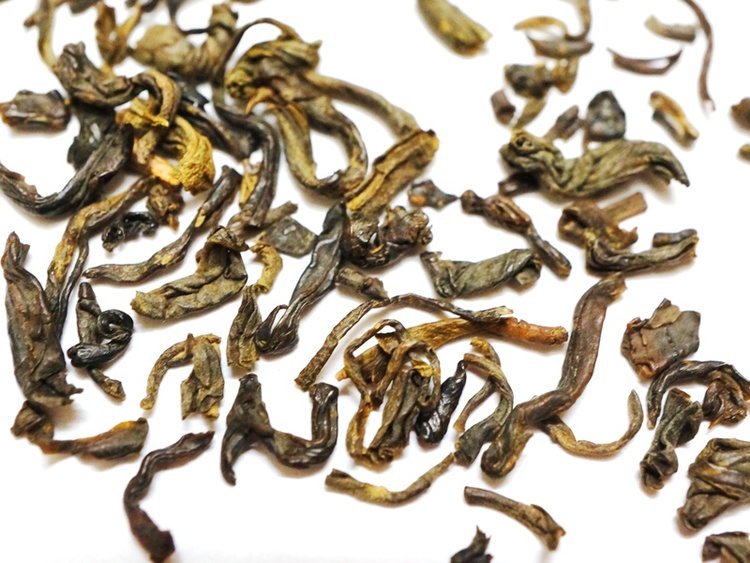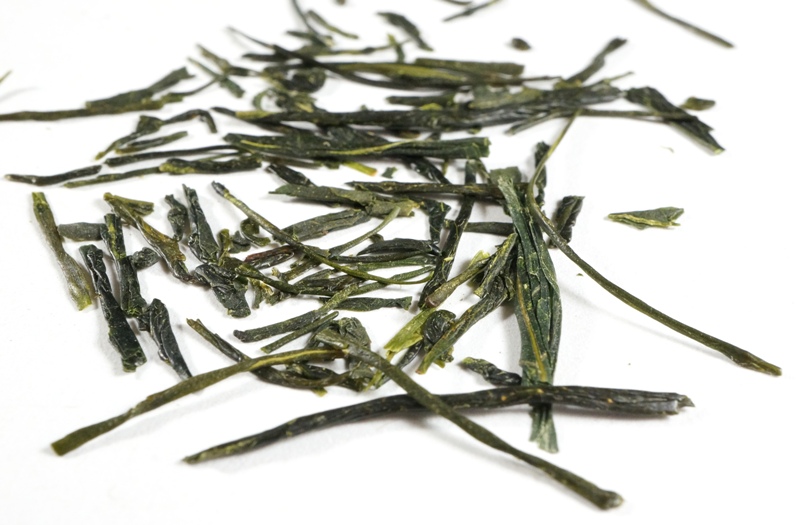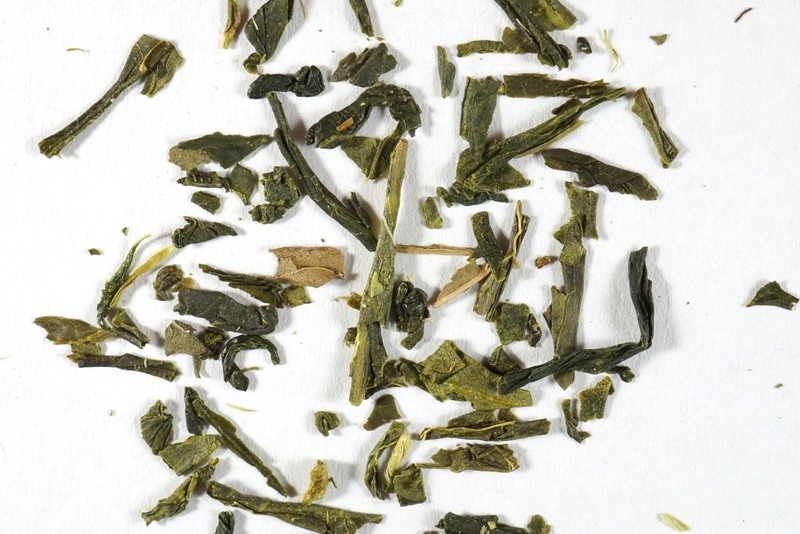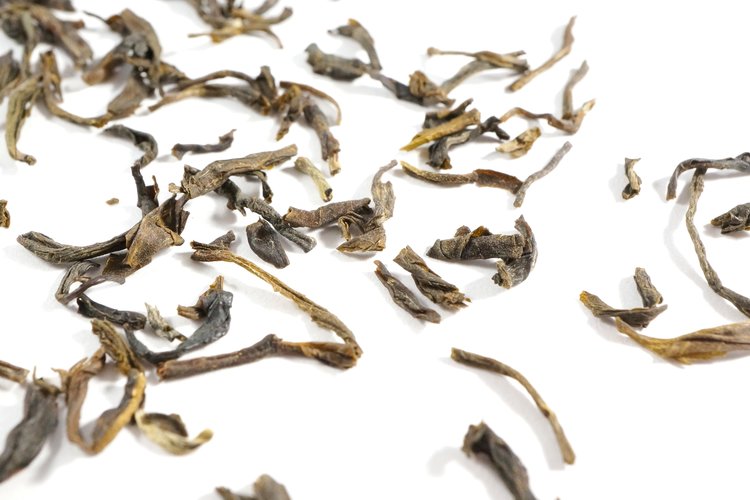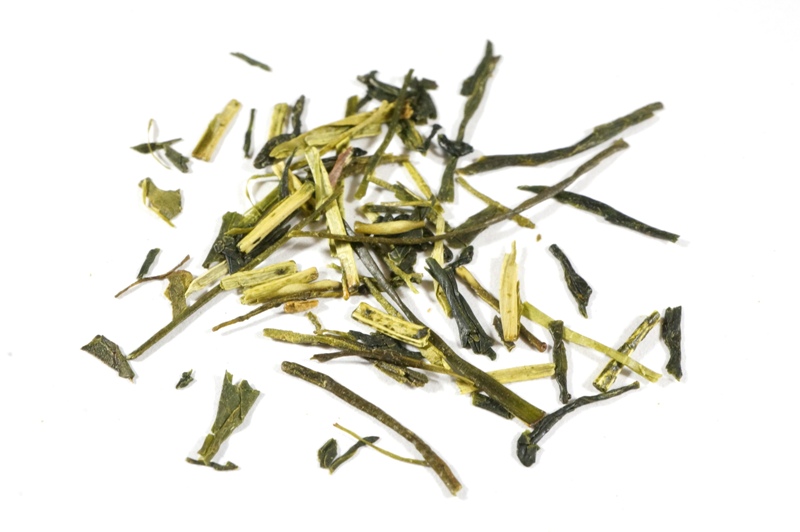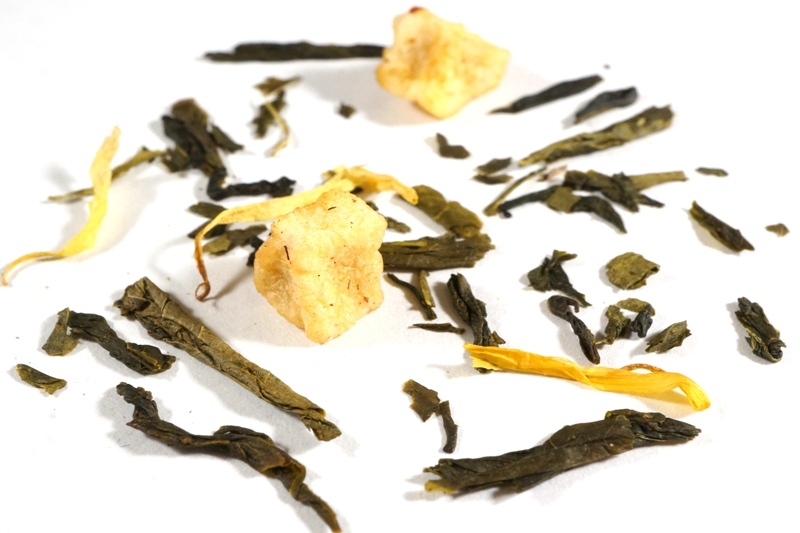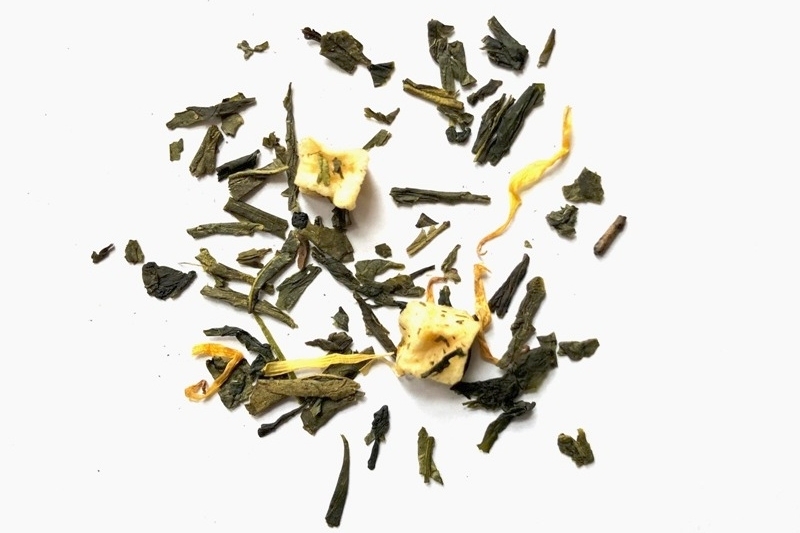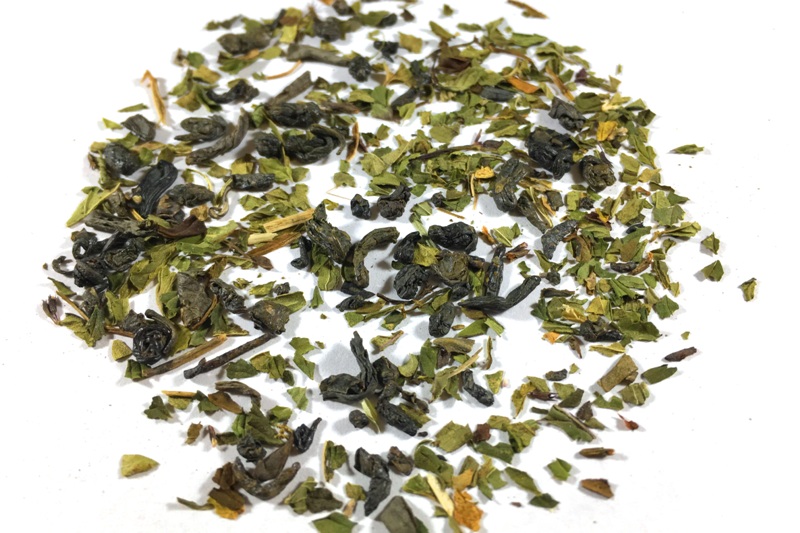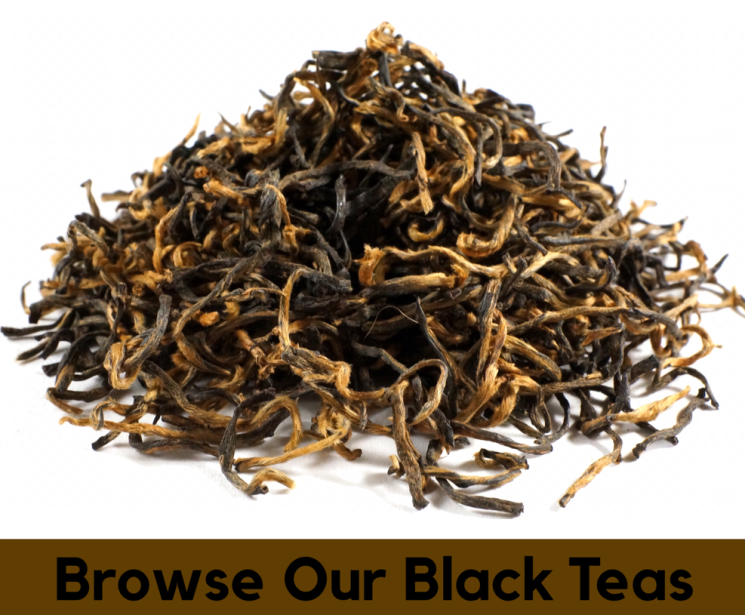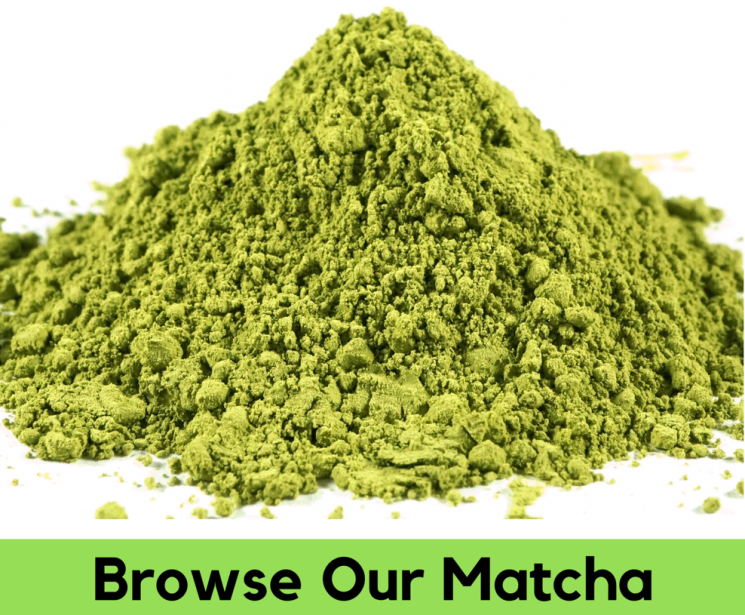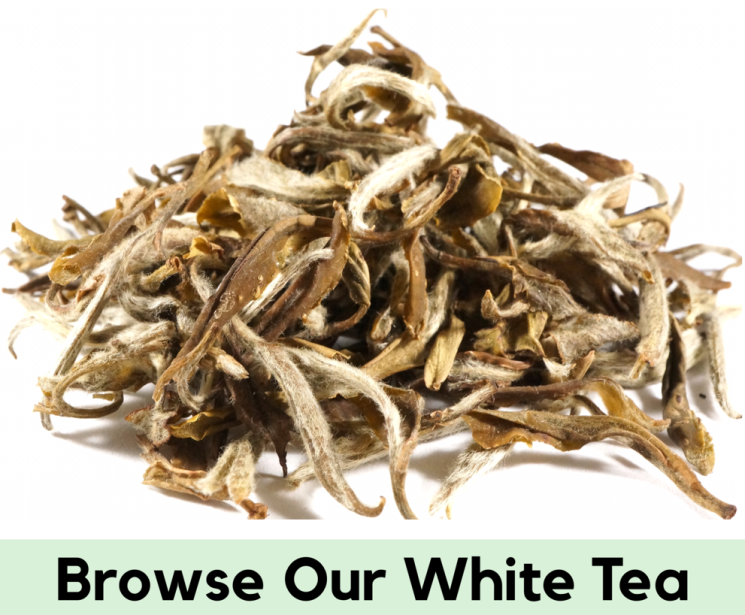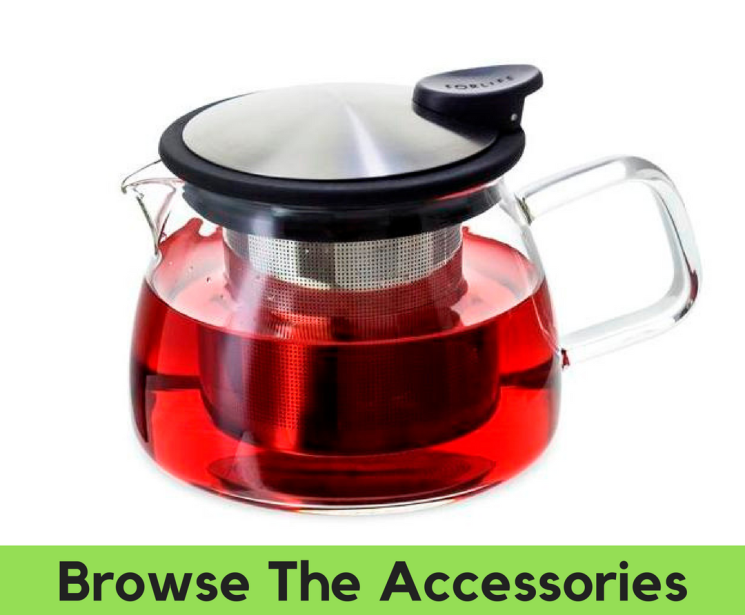As the weather heats up, there’s nothing quite like a refreshing glass of iced tea to quench your thirst. Making iced tea is a simple process, but there are a few key steps you can take to ensure that your tea is delicious and refreshing every time. In this blog, we'll walk you through the process of making the best iced tea, using Beantown Tea as our guide.
Step 1: Choose Your Tea The first step in making great iced tea is choosing the right tea. Beantown Tea offers a wide variety of high-quality loose-leaf teas that are perfect for making iced tea. For a classic iced tea, we recommend using black tea, such as our Assam or Ceylon black teas. If you prefer a milder taste, green tea or white tea can also be used.
Step 2: Brew Your Tea To brew your tea, you'll need to bring water to a boil and steep the tea leaves. Beantown Tea recommends using 1 tablespoon of tea per 8 ounces of water. For iced tea, you'll want to use twice the amount of tea you would for hot tea. For example, if you normally use 1 tablespoon of tea for 8 ounces of water, you'll want to use 2 tablespoons of tea for 8 ounces of water when making iced tea.
Once your water has come to a boil, let it cool for a few minutes before steeping your tea. Steep your tea for 3-5 minutes, depending on the type of tea you are using. Be sure to follow the specific instructions for the type of tea you have chosen.
Step 3: Sweeten Your Tea (Optional) If you like your tea sweetened, now is the time to add sugar or other sweeteners. Beantown Tea offers a variety of natural sweeteners, such as honey or agave nectar, which can be used to add a touch of sweetness to your iced tea.
Step 4: Chill Your Tea Once you have brewed your tea and added any sweeteners, it's time to chill your tea. You can do this by pouring your tea over ice or by placing it in the refrigerator to chill. Be sure to allow enough time for your tea to chill completely before serving.
Step 5: Serve and Enjoy! Once your tea has chilled, it's time to serve and enjoy. Beantown Tea recommends serving your iced tea in a tall glass over ice with a slice of lemon or mint for a refreshing twist.
In conclusion, making the best iced tea is easy with Beantown Tea. Start by choosing the right tea, brewing it properly, adding any sweeteners, and chilling it. With these simple steps, you'll have a delicious and refreshing glass of iced tea that's perfect for any occasion. So, grab a bag of Beantown Tea and start brewing your perfect glass of iced tea today!




